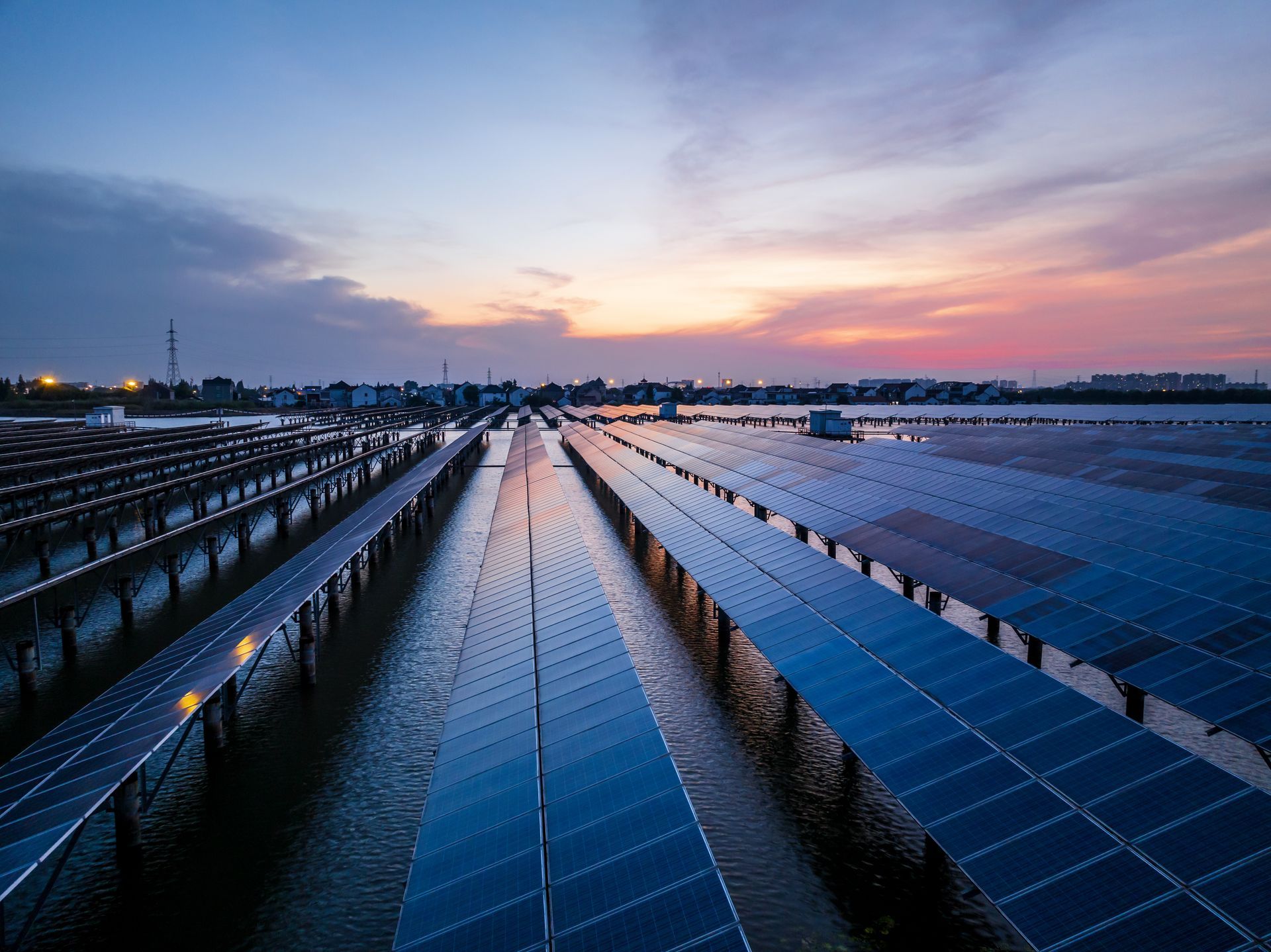U.S. Energy Charts Strategic Shift
Despite a quarterly loss, the company’s infrastructure investments and CO₂ initiatives lay groundwork for 2026 revenue expansion.
August 13, 2025

Building the Platform
U.S. Energy is in the middle of a transformation. The company is shifting its business toward industrial gas development and carbon management, with the Kevin Dome project in Montana as the core focus. The latest results for Q2 2025 show some near-term financial pressure, but the groundwork for long-term growth is clearly underway.
The Kevin Dome asset gives U.S. Energy a high-potential launch point for its industrial gas strategy. A recent third-party report confirmed the presence of 1.28 billion cubic feet of helium and 443.8 billion cubic feet of CO₂ across the initial development area. These aren’t future exploration targets—they reflect current data from recent development work, including drilled wells with high gas concentrations.
Operations are already moving. U.S. Energy drilled two more industrial gas wells in July, bringing the total to three. Together, they peaked at a combined 12.2 million cubic feet per day, with helium and CO₂ content that supports multiple revenue streams. The company has temporarily shut in the wells to preserve reservoir value ahead of infrastructure coming online later this year.
No new wells are planned for the rest of 2025. The focus now shifts to facility construction, system build-out, and securing early cash flow from gas sales, helium recovery, and carbon initiatives.
Connecting Infrastructure to Revenue
The first processing facility is nearing the start of construction. It’s designed to recover CO₂, helium, and natural gas from the wells and will serve as the operational hub once online. Capital deployment begins this quarter.
The supporting gathering system—the pipeline network that connects the wells to the facility—is scheduled to be installed by the end of the year. Permitting, land access, and utility work are all in progress. Once active, the setup is expected to start generating revenue quickly and will be built to handle third-party volumes as well, creating potential for tolling agreements.
Carbon management is also advancing. U.S. Energy has reached sustained CO₂ injection levels of 17 million cubic feet per day, which translates to roughly 240,000 metric tons per year in sequestration capacity. It has applied for an additional injection well and is preparing its EPA Monitoring, Reporting, and Verification plan—key steps toward qualifying for federal carbon credits in 2026.
Financial Picture
U.S. Energy finished the quarter with $26.7 million in liquidity and no debt. That balance sheet strength gives it room to execute without relying on outside financing. Revenue for the quarter came in at $2.0 million, down from $6.1 million in Q2 2024. This decline reflects asset sales and lower oil prices, both of which were expected.
Production totaled 48,816 barrels of oil equivalent, with oil accounting for 69% of output and 91% of total revenue. Operating costs dropped with the smaller asset base—lease expenses were down year over year—but general and administrative costs rose slightly due to higher consulting spend tied to project planning in Montana.
Adjusted EBITDA was negative $1.2 million, down from positive $1.1 million in the prior-year quarter. Net loss for the quarter was $6.1 million.
What Comes Next
The strategy for the rest of 2025 is straightforward: finish the facility, complete the gathering system, and prepare for monetization in early 2026. With infrastructure underway and capital in place, U.S. Energy is positioning itself to enter the industrial gas market with a vertically integrated model—one that supports helium and CO₂ production, carbon management, and legacy oil and gas enhancement.
This is a long-term pivot, and the second quarter reflects that. But by anchoring its growth around the Kevin Dome and putting the right systems in place now, U.S. Energy is setting up a platform that could deliver multiple revenue streams and scalability over time.
Share
Read More Articles


